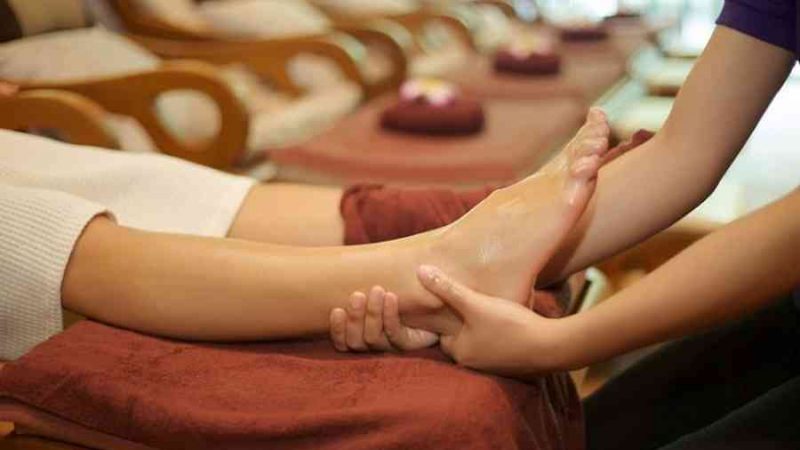Sigmoidoscopy

-
A sigmoidoscopy may be used to examine or diagnose certain conditions or structures in your lower colon, including the following :It can also be used to investigate the following :A sigmoidoscopy is one type of test used to màn hình hiển thị for colon and rectal cancers. Health experts recommend that both men and women follow a colon and rectal cancer screening schedule starting at age 50. Talk with your health care provider about a screening schedule that works for you. Many choices are available to màn hình hiển thị for colon cancer .
-
Fever or chills
- Bleeding from the rectum that lasts longer than a day
- Belly pain or swelling
- The inability to pass gas
Your health care provider may have other reasons to recommend a sigmoidoscopy. If a sigmoidoscopy shows polyps, a colonoscopy may be recommended as the next step to examine the remainder of the colon.
Bạn đang đọc: Sigmoidoscopy
The following complications may occur after a sigmoidoscopy :The following problems or situations may interfere with a sigmoidoscopy :You may have other risks that are unique to you. Discuss any concerns with your health care provider before the procedure .Your health care provider will fully explain the procedure and answer your questions. You will be asked to sign a consent form prior to the test. Read the form carefully and ask questions you may have. Before your procedure, be sure to tell your health care provider :Your health care provider will give you instructions on how to prepare your bowel for the test. You may be asked to take a laxative, an enema or a rectal laxative suppository. Or you may have to drink a special fluid that helps prepare your bowel. You will be given specific instructions about fasting ( not eating ) or following a special diet before the test .Follow any other instructions your provider gives you to get ready for your sigmoidoscopy .You may have a sigmoidoscopy in an outpatient setting or as part of your stay in a hospital. The way the test is done may vary depending on your condition and your health care provider’s practices. You usually will not need a sedative ( medicine to help you relax ) or anesthesia ( medicine to put you into a deep sleep ) before the test .Before the procedure, you will be asked to remove any jewelry or other objects that may interfere with the procedure. You may be asked to remove your clothing and change into a hospital gown .
To get you into the proper position, you may be asked to lie on the exam table on your left side with your knees bent towards your chest. Or you may be put in the knee-chest position, which involves kneeling with your head and chest bent down, touching the table.
Generally, a sigmoidoscopy follows this process :A sigmoidoscopy can cause mild discomfort. You may feel a strong urge to have a bowel movement when the tube is inserted. You may also have brief muscle spasms or lower belly pain during the test. Taking deep breaths while the tube is being inserted may help decrease any pain .During the test, biopsies ( tissue samples ) may be taken from the lining of your large intestine. This will be done using a special brush, forceps or a swab. If a polyp is seen, it may be removed, biopsied or left alone until a future surgery is performed .You should lie on your side or back for a few minutes before getting up from the table. Move slowly when you stand up. This will help you feel less dizzy from having your head down during the test .You may go back to your normal diet and activities, unless your doctor gives you other instructions .If a biopsy or polyp was removed during the test, you may see a small amount of blood in your bowel movements. This bleeding should stop within a day or so .It is normal for patients to be very flatulent ( pass a lot of gas ) and have gas pains after the test. Walking and moving around may help to ease any mild pain .Call your health care provider if you experience any of the following :
Source: https://trangdahieuqua.com
Category: Chăm sóc body


